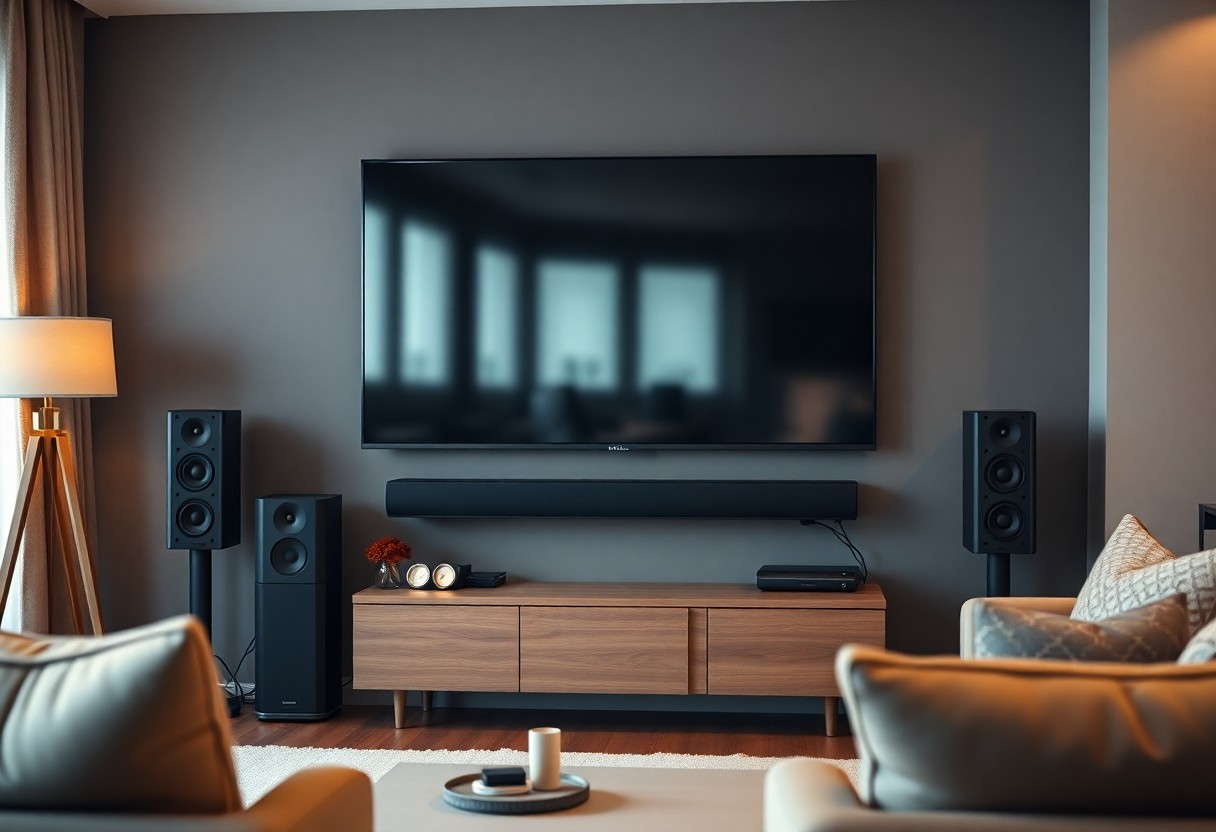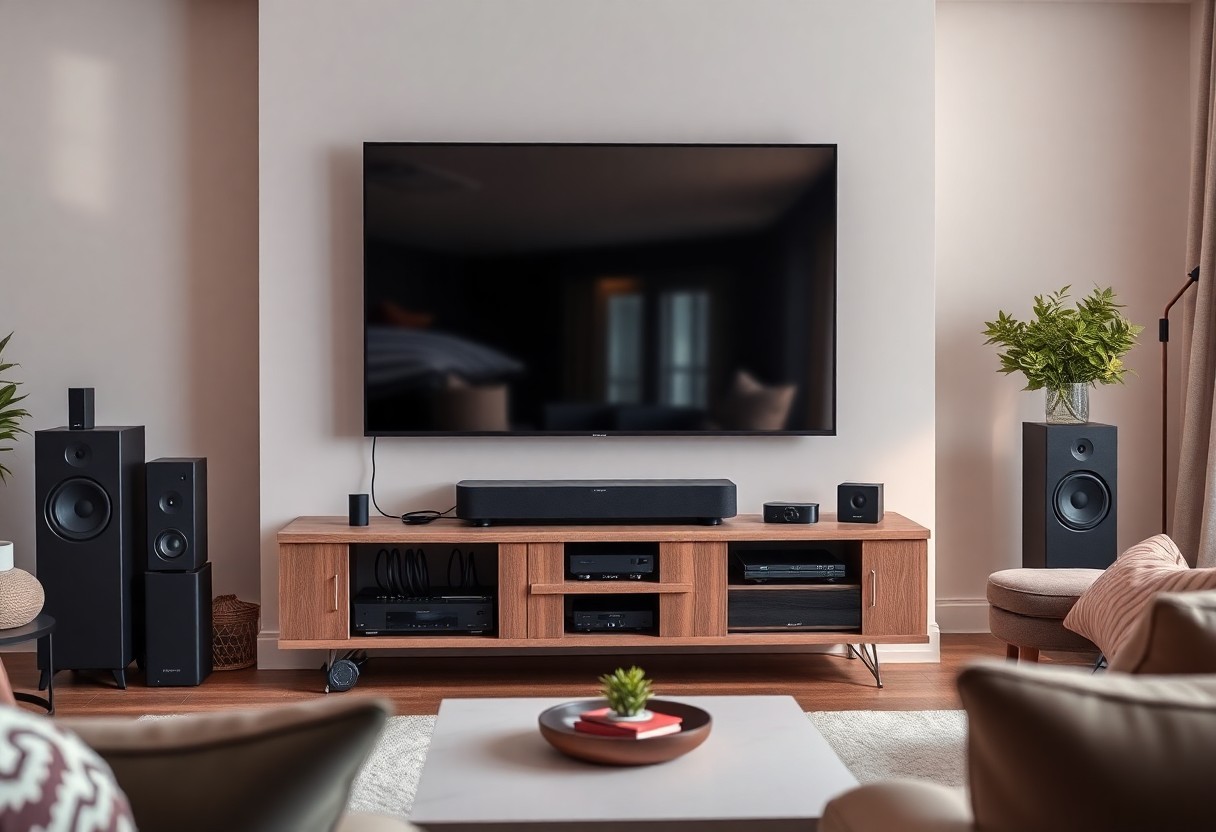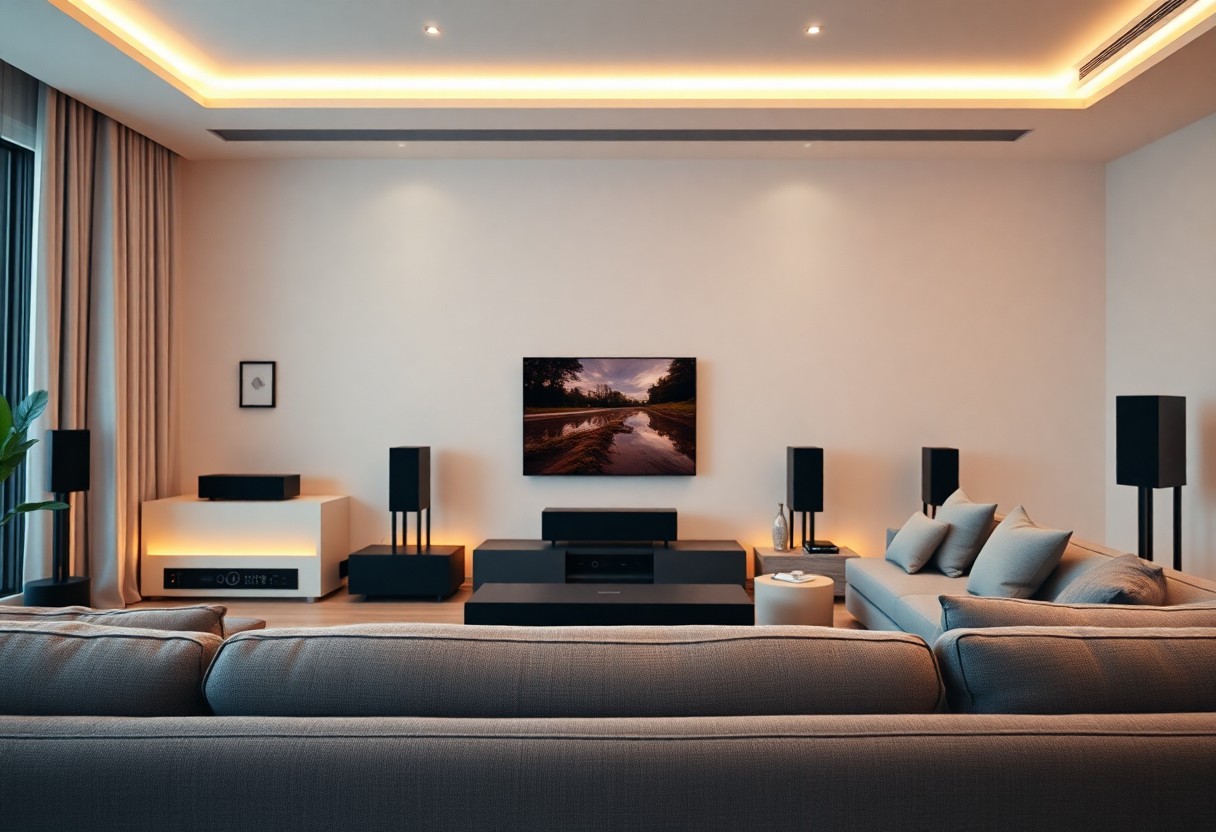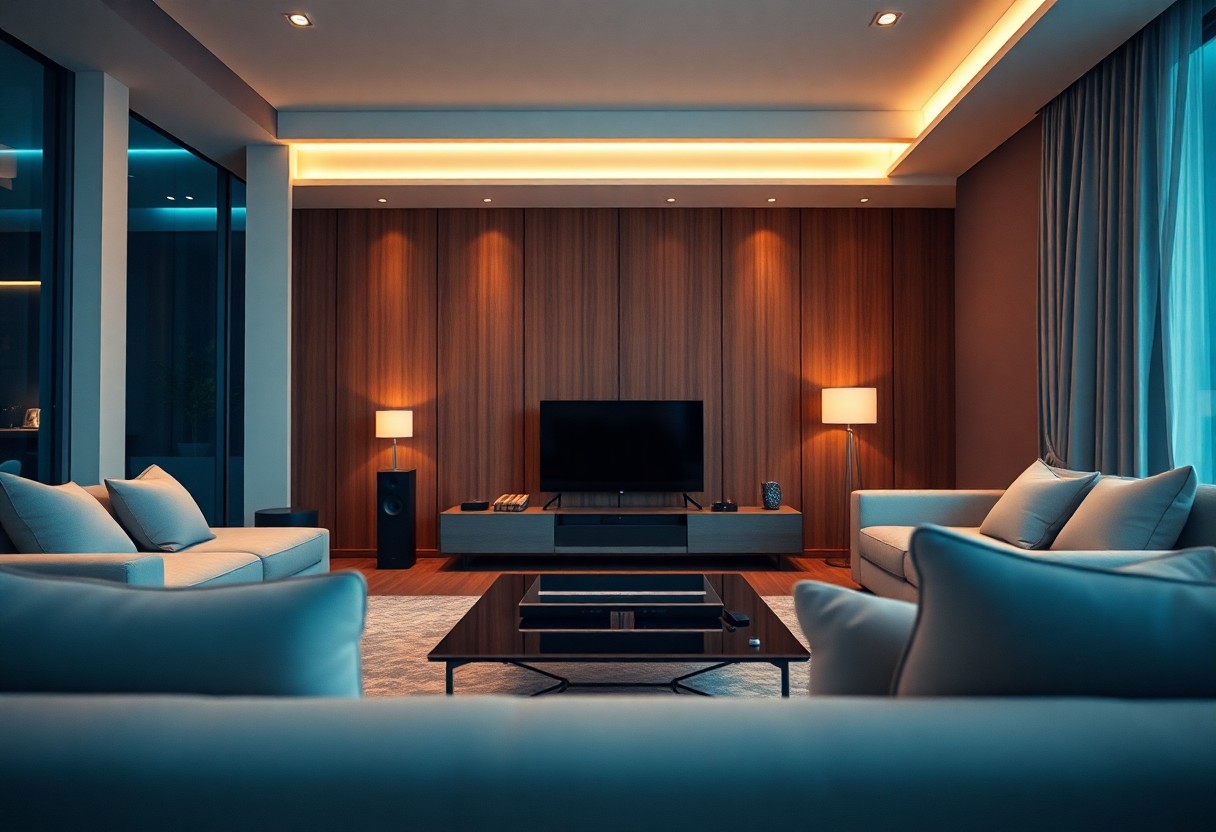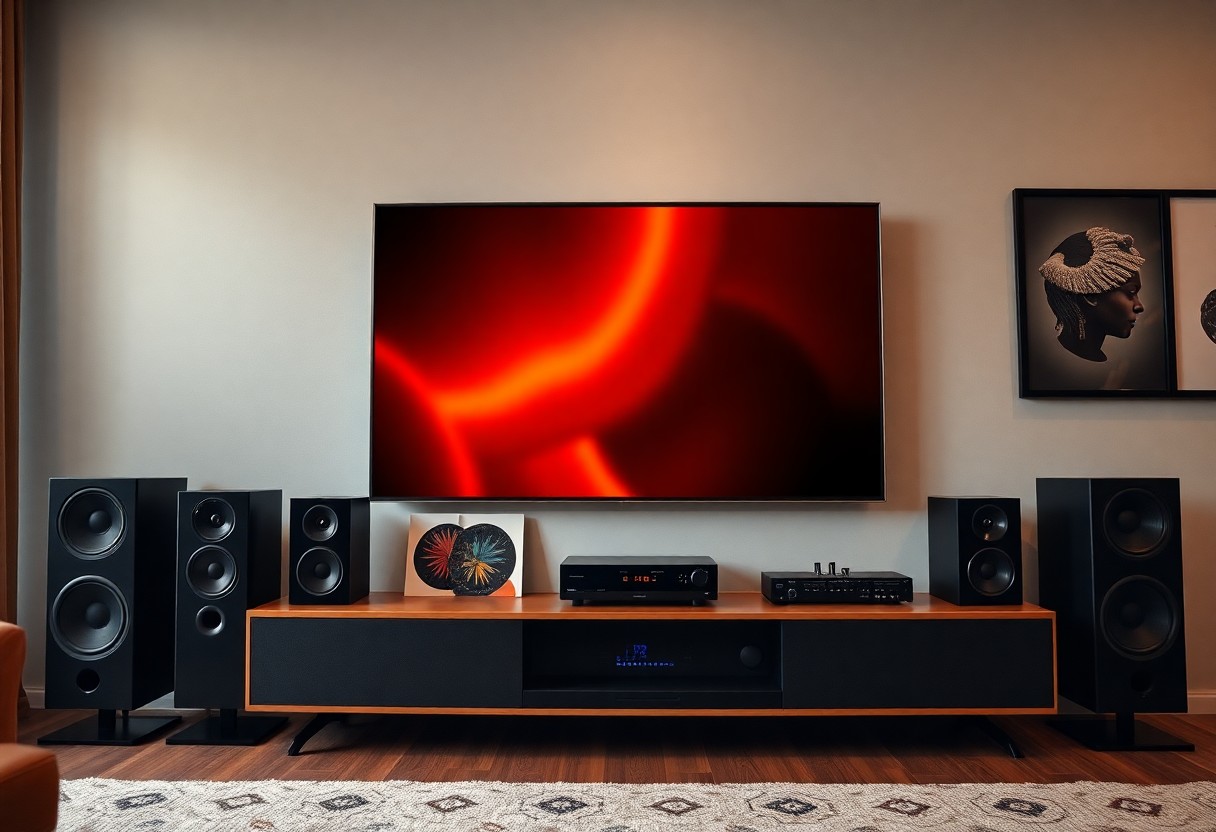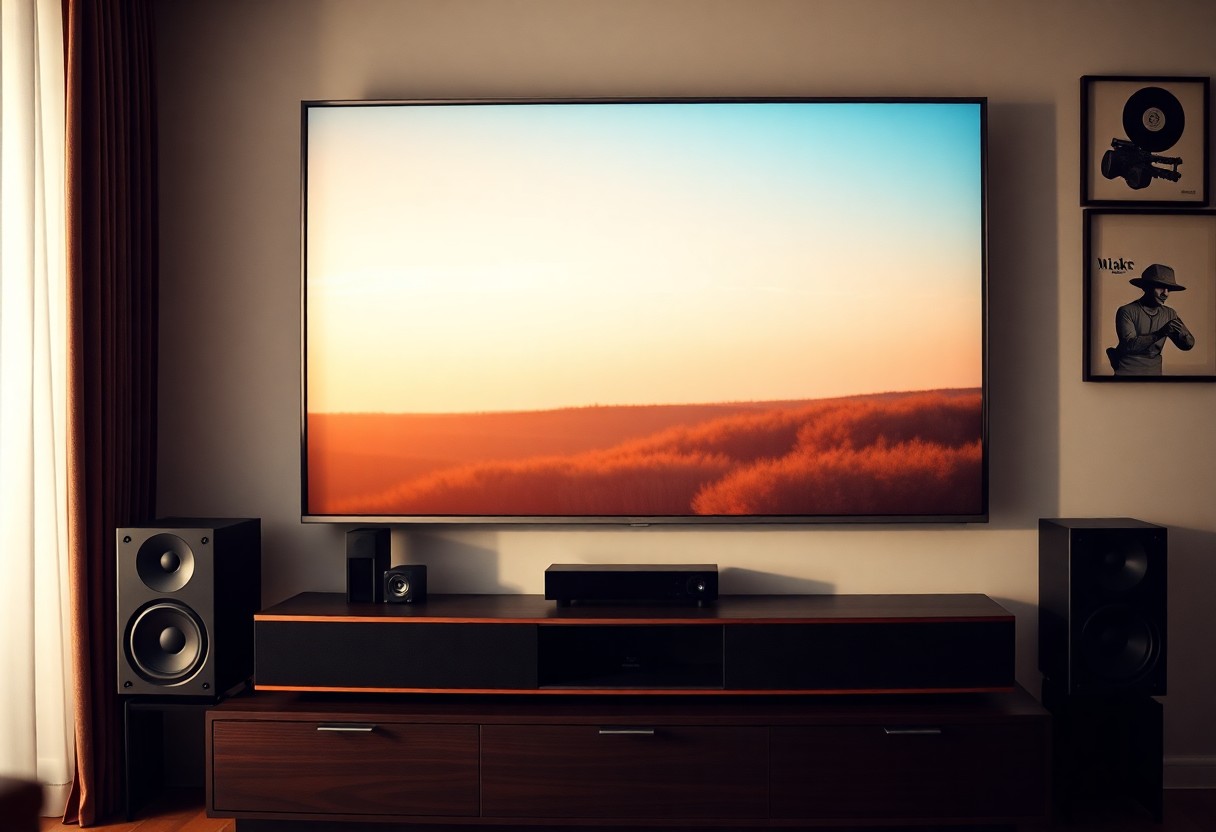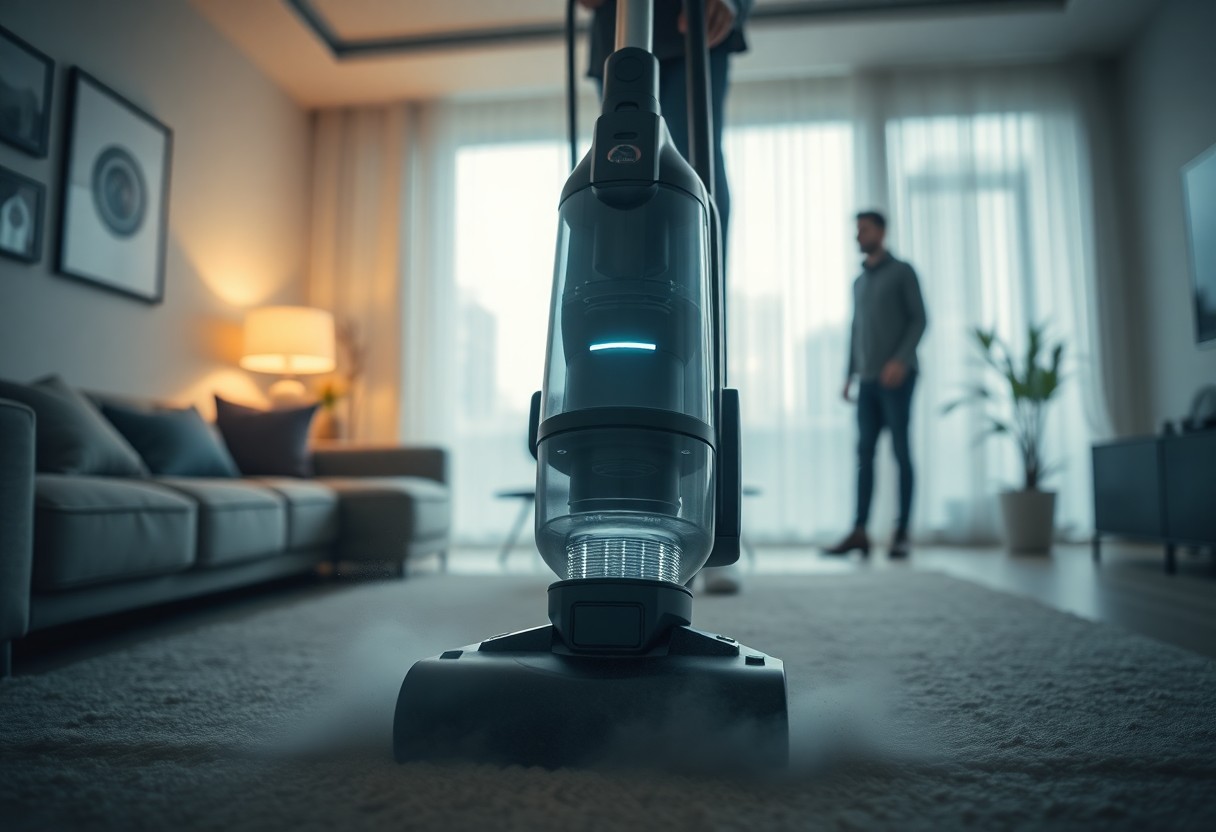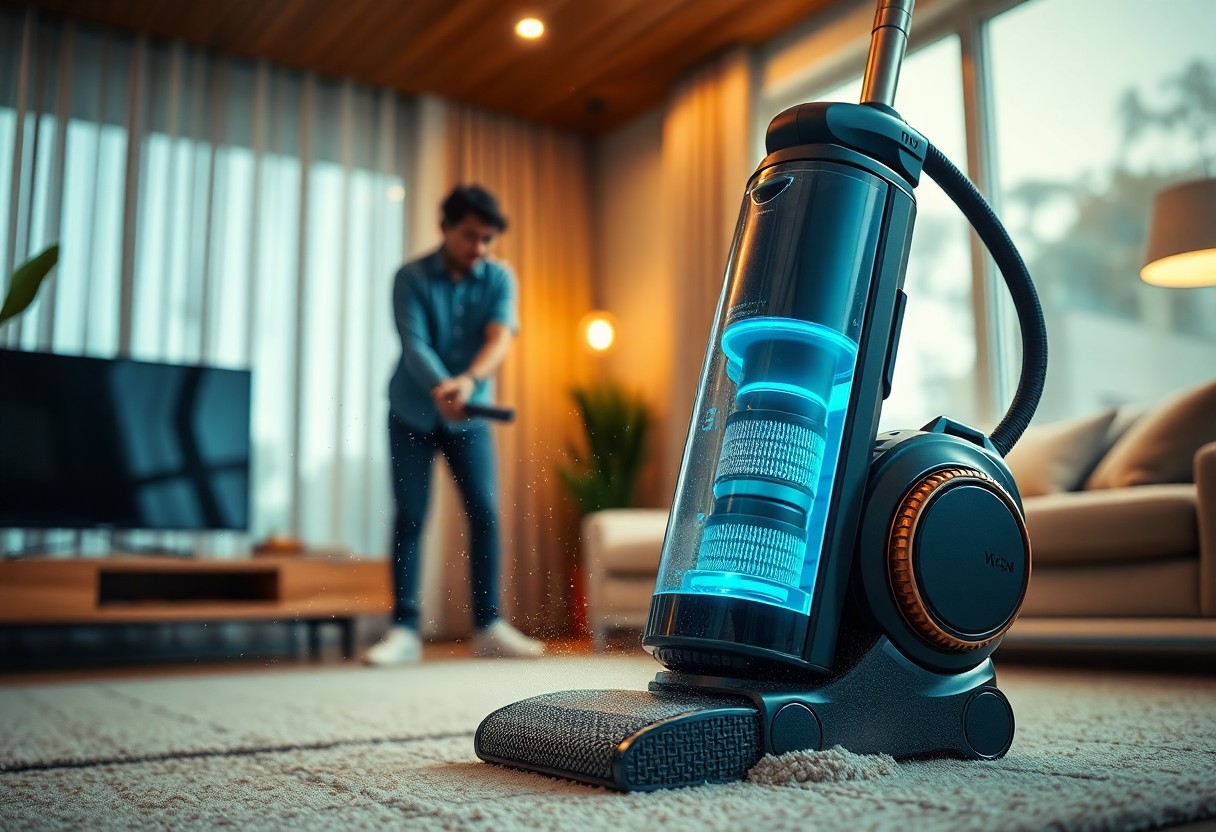Many innovations in vacuum technology are reshaping the way you clean your home and office spaces. As advancements in robotics, filtration systems, and smart connectivity continue to evolve, you’ll find that cleaning becomes more efficient and effective. In this blog post, we will explore the groundbreaking technologies on the horizon—insights that promise to enhance your cleaning routines while making them more eco-friendly and user-friendly. Get ready to discover how these innovations will impact your cleaning habits in the near future.
The Evolution of Vacuum Technology
As you explore the landscape of vacuum technology, you’ll discover a fascinating journey that reflects advances in engineering and consumer needs. From contraptions powered by hand to sophisticated robotic designs, the evolution of vacuums reveals a commitment to efficiency and ease. As innovation continues, you can expect even more revolutionary solutions tailored to your cleaning challenges.
Historical Overview
The vacuum cleaner has come a long way since its inception in the 19th century. Initially, large, cumbersome machines required manual operation, but with time, manufacturers embraced electricity as a power source, leading to increased portability and efficiency. Innovations such as bagless designs and the introduction of wheeled models made them more user-friendly and accessible, setting the stage for modern advancements.
Milestones in Vacuum Innovation
To appreciate the transformative journey of vacuum technology, you can look at key milestones that reshaped the industry. These innovations have not only advanced functionality but have also pushed the boundaries of convenience, making cleaning less of a chore.
Understanding the milestones in vacuum innovation allows you to recognize how each advancement has contributed to the efficiency and usability of today’s models. For instance, the introduction of HEPA filtration systems has enhanced indoor air quality, while smart technology integration has made it possible for you to control your vacuum remotely. Moreover, innovations such as lightweight designs and powerful suction capabilities ensure that your cleaning experience is more thorough and hassle-free than ever before. Each step forward not only improves effectiveness but also reflects a greater emphasis on user-friendly features, ultimately enriching your cleaning routine.
Current Trends in Vacuum Technology
If you’re curious about the latest in vacuum technology, you’ll find a notable emphasis on functionality and user convenience. Current trends highlight the integration of smart technology, where connectivity and automation redefine your cleaning routine. With advancements in design and features, modern vacuums cater to busy lifestyles, enabling you to accomplish chores efficiently while maintaining high performance and sustainability.
Smart Vacuums and Automation
The rise of smart vacuums is reshaping how you approach cleaning. Equipped with advanced sensors, these devices can navigate and map your home effortlessly, allowing you to schedule cleanings and monitor progress straight from your smartphone. Many models even possess voice control capabilities, which makes it easy to incorporate your vacuum into your smart home ecosystem.
Sustainable Vacuum Solutions
About the demand for eco-friendly options, today’s vacuum cleaners are increasingly designed with sustainability in mind. From energy-efficient motors to recyclable materials, manufacturers are focusing on minimizing environmental impact without sacrificing performance. This shift not only benefits our planet but also ensures that you are making responsible choices in your everyday cleaning practices.
And when you choose sustainable vacuum solutions, you directly contribute to reducing waste and promoting energy conservation. Many brands now prioritize using biodegradable components and low-energy technology, making it easier for you to maintain a clean home while supporting environmentally friendly initiatives. Transitioning to these eco-conscious models helps to foster a cleaner future without compromising on quality or efficiency.
Emerging Innovations
Even as technology progresses, the vacuum cleaning industry is witnessing an influx of innovative solutions designed to enhance efficiency and effectiveness in your cleaning routines. From the development of intelligent systems that adapt to your home environment to advanced machinery that minimizes energy use, the future of cleaning appliances promises to cater to your diverse needs while ensuring superior performance. These emerging innovations aim to redefine how you perceive cleaning, making it easier, greener, and more effective than ever before.
Robotics and AI Integration
Against the backdrop of rapid technological advancement, robotics and AI are becoming integral components of vacuum cleaners. With advanced algorithms and machine learning capabilities, these devices can now navigate your homes effortlessly, locating dirt and optimizing cleaning paths. By incorporating sensor technology, they can adapt to different surfaces and avoid obstacles, ensuring a thorough cleaning experience tailored to your living space.
Advanced Filtration Systems
Among the latest breakthroughs in vacuum technology, advanced filtration systems stand out for their ability to trap airborne particles and allergens effectively. These systems aim to provide cleaner air in your home while maintaining exceptional suction power. You can expect special multi-layer filters designed to capture fine dust, pollen, and even pet dander, contributing significantly to a healthier living environment.
- HEPA (High-Efficiency Particulate Air) filters
- Multi-stage filtration processes
- Activated carbon layers for odor removal
- Washable or replaceable filters for convenience
Filtration System Features
| Type | Functionality |
| HEPA Filters | Traps 99.97% of particulates 0.3 microns or larger |
| Activated Charcoal | Absorbs odors and harmful gases |
To enhance your cleaning experience further, advanced filtration systems include state-of-the-art designs and technologies that cater to various household needs. These systems are engineered to be more efficient, ensuring that the air quality in your home becomes significantly better post-cleaning. As you invest in appliances with superior filtration features, you’re taking a step toward achieving a more hygienic living space.
- Self-cleaning filter systems for hassle-free maintenance
- Integrated air quality indicators for real-time monitoring
- Customizable filtration options based on individual needs
Key Benefits of Advanced Filtration
| Benefit | Description |
| Improved Air Quality | Reduces allergens and pollutants |
| Enhanced Cleaning Efficiency | Ensures deeper cleaning of surfaces |
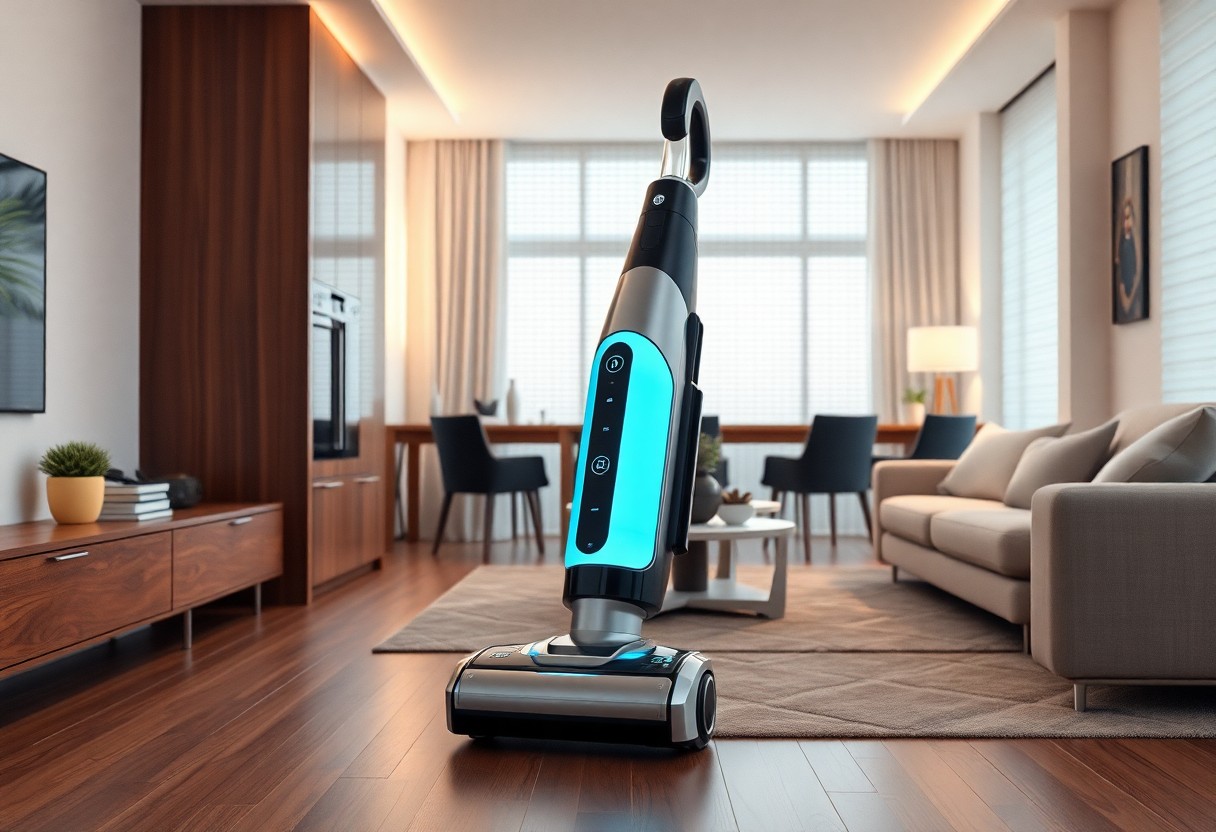
The Role of IoT in Future Vacuums
Many advancements in vacuum technology are rooted in the integration of the Internet of Things (IoT), which is revolutionizing how you approach cleaning. IoT-enabled vacuums will allow you to manage your cleaning routine more efficiently through connectivity, smart home integration, and real-time monitoring. This connectivity not only provides enhanced control but also ensures that your cleaning devices are streamlined into your daily lifestyle, making chores less of a burden.
Connectivity and Smart Home Integration
Among the many benefits of IoT in vacuum technology is smart home integration, which allows your vacuum to communicate with other smart devices in your home. By connecting your vacuum to your home network, you can schedule cleanings, receive updates, and control the vacuum remotely from your smartphone. This seamless connectivity enhances convenience, ensuring that your living space remains spotless with minimal effort.
Real-time Data and Maintenance
An emerging benefit of IoT-enabled vacuums is the ability to access real-time data regarding the performance and maintenance needs of your device. This feature can alert you when filters require changing or if the vacuum is experiencing operational issues, ensuring your appliance runs at its best with minimal downtime.
And with real-time data notifications, you will gain valuable insights into your cleaning habits and vacuum performance. By understanding usage patterns and maintenance schedules, you can optimize your vacuum’s efficiency and prolong its lifespan. This proactive approach to care not only enhances your cleaning experience but also makes it easier for you to keep track of your device’s functionality, leading to a more effective cleaning routine.
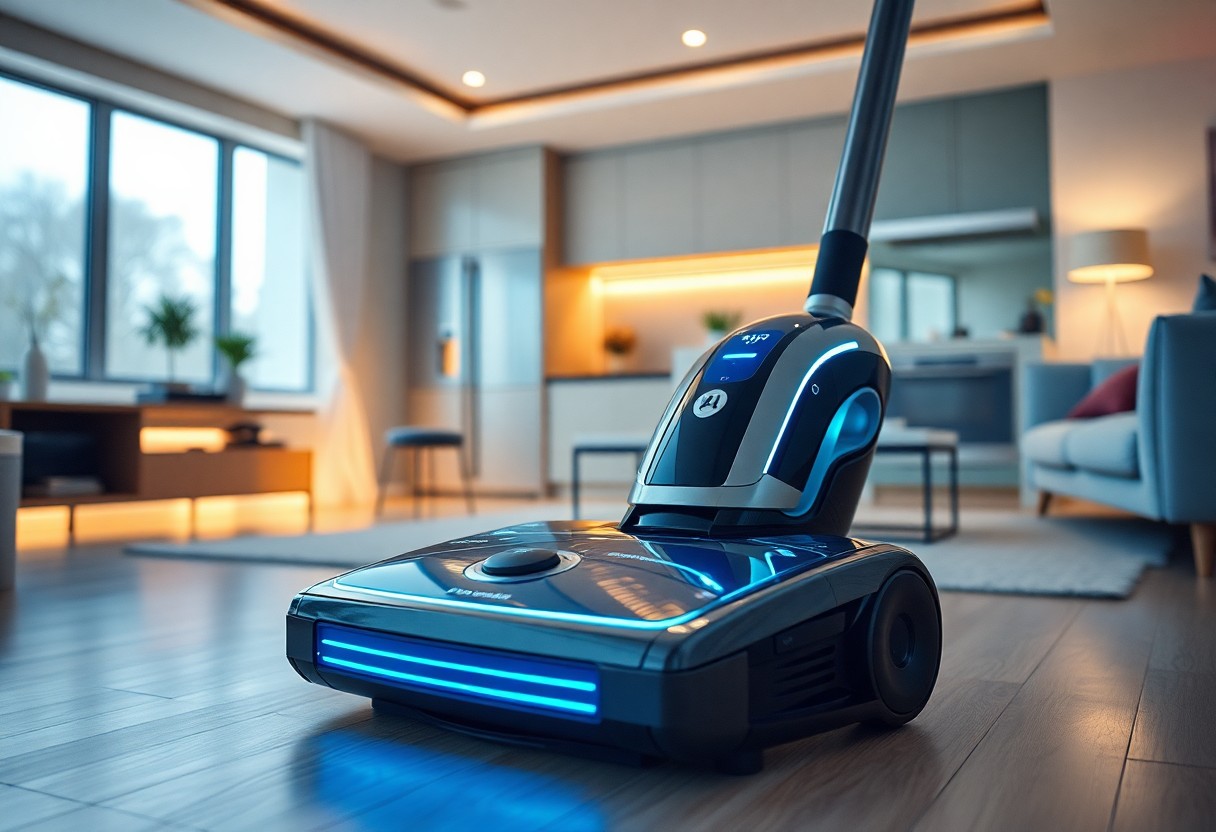
Future Challenges
All innovations come with their own set of challenges, and vacuum technologies are no exception. As you explore advancements in cleaning solutions, you may encounter issues such as regulatory compliance, sustainability efforts, and the need for user-friendly designs. Addressing these challenges will be vital for the evolution of cleaning technologies. For an overview of how robotic vacuum cleaners are shaping the future, check out The Future Of Cleaning – Robotic Vacuum Cleaners.
Environmental Impact
Before venturing into new technologies, it’s important to consider their environmental implications. As you look at innovative vacuum solutions, you should evaluate their energy consumption, materials used, and overall carbon footprint. Eco-friendly designs and sustainable practices will play a significant role in shaping responsible cleaning technologies.
Consumer Expectations and Demand
Along with technological advancements, your expectations as a consumer will drive the next wave of innovations. You are likely looking for products that not only perform efficiently but also integrate seamlessly into your lifestyle, offering enhanced features and ease of use.
Another point to consider is how consumer behaviors and preferences influence market offerings. You may be drawn to products that reflect your values, such as sustainability and efficiency, prompting manufacturers to focus on these aspects for competitive advantage. Your demands will ultimately steer the future of cleaning technologies, encouraging the development of smarter, more adaptable vacuum solutions that make cleaning a breeze.
Industry Predictions
Once again, the cleaning industry is on the verge of transformation as innovative vacuum technologies emerge. Experts predict that the next wave of vacuums will incorporate advanced automation, artificial intelligence, and smarter connectivity features that will not only enhance cleaning efficiency but also personalize your cleaning experience. As sustainability continues to be a major focus, you can expect to see eco-friendly designs and energy-efficient models taking center stage in the market.
Expert Insights
Above all, industry leaders believe the future of vacuum technology will be defined by adaptability and user-centric innovation. As consumer preferences evolve, you will find products that evolve with them, integrating smart technology to simplify your cleaning tasks. Expect thorough insights from professionals who aim to bridge the gap between cutting-edge science and practical household applications.
Market Trends to Watch
One key trend to keep an eye on is the growing demand for multifunctional vacuum systems that combine various cleaning capabilities into one device. You will likely see products that seamlessly transition between carpet, hard floors, and even upholstery without compromising performance. Additionally, the rise of smart home integration will make vacuums an integral part of the connected home ecosystem.
Market research indicates a shift towards sustainable and energy-efficient models, reflecting an increasing consumer emphasis on environmentally friendly products. You can anticipate innovations that utilize rechargeable batteries and recyclable materials, offering a reduced carbon footprint. Also, with the integration of smart home technology gaining traction, vacuums that connect to apps for remote management and customization will likely become the norm, making cleaning smarter and more efficient for you.
Conclusion
With this in mind, you should be excited about the advancements in innovative vacuum technologies that will redefine your cleaning experience. As automation, artificial intelligence, and sustainable materials advance, you can anticipate a future where your cleaning tasks become effortless and efficient. These innovations promise not only to enhance the performance of your vacuum but also to create more eco-friendly and user-centric solutions. By staying informed about these trends, you can make smarter choices when it comes to your cleaning tools and embrace a cleaner, healthier living environment.

